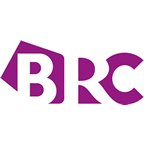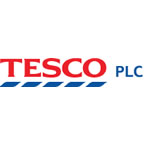Through this alliance, a new, joint-solution known as Shelf Intelligence Suite will be created.
Los Angeles, CA/ New York, NY, 2017-Jun-24 — /EPR Retail News/ — Trax, the world leader in computer vision for retail, and Nielsen (NYSE: NLSN) announced today (June 22 2017) an alliance that will provide the fast-moving consumer goods (FMCG) industry with unprecedented…




